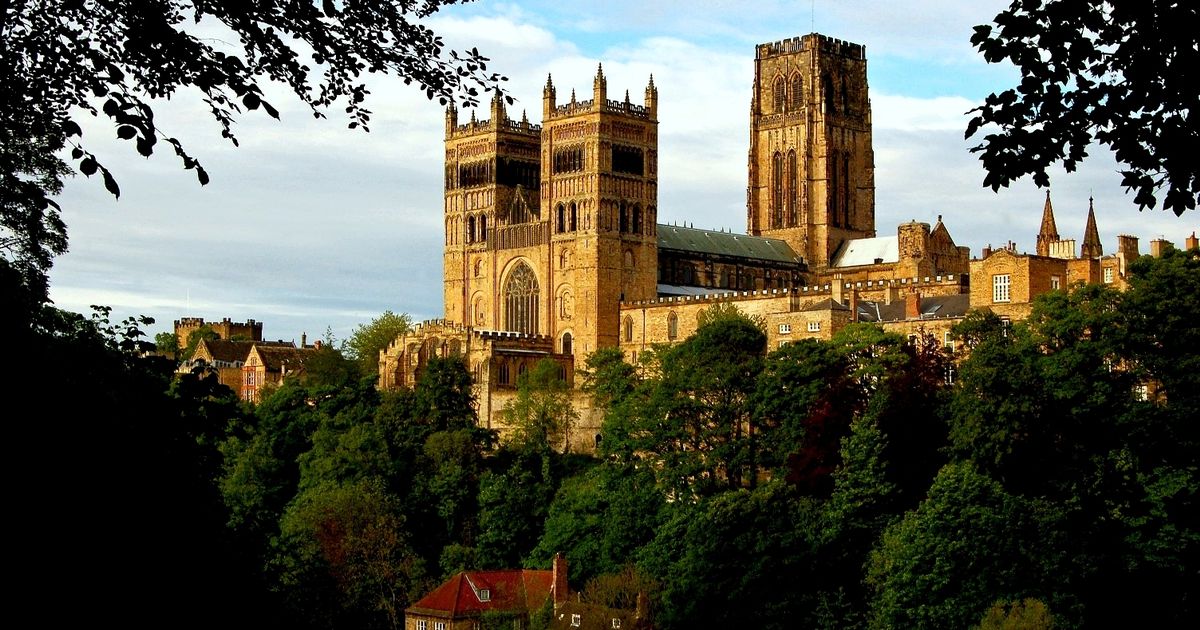Spreading and relaunching the artistic sites in the World
The Values Of J Art network
We all ask ourselves: what is the meaning of life? What is the purpose of my life?
History is formed through action and reaction. Our past informs our present and fuels our future. No man is an island. In regard to our cultural heritage we each can and should, take collective responsibility. We should be acting or reacting.
Why?
Our architectural heritage is a shining map of Humankind’s cultural, artistic and intellectual development. It is a luminous path of all that we have achieved, and striven for. From Stonehenge, Warwick castle, St Paul’s Cathedral to the Shard, our architectural riches stand and endure through centuries as an affirmation and testament to all that is best in Mankind’s capacity for birth and creation. They are a radiant call to our higher selves in the face of our negative capacity for destruction, violence and brutality.
As such, we should feel an emotional imperative to ensure that our historical urban heritage is as clean and unsullied as possible.
Art washes away from the soul the dust of everyday life” (Pablo Picasso)
What is architecture, who is it for and what should it look like?
Prince Charles is perhaps our most vocal (and controversial) participant in this discussion. His immortal reaction to the proposed extension to the National Gallery as a “monstrous carbuncle on the face of a much-loved and elegant friend” vividly encapsulates our polemic of living a progressive modern life in harmony with preserving the beauty of our past – a Beauty which feeds our starved souls, in a life clouded and polluted by stress, technology and long commutes. Like an ice cold glass of fresh mountain spring water, gazing on our historical buildings purifies and cleanses us. Don’t we want the splendid Georgian crescents and circus of Bath, and the magnificent chapels and colleges of Cambridge to dazzle, gleam and wake us up into consciousness?
The Historical Center
The numerous and diverse historical town centres of Britain are not only aesthetically attractive and historically significant, but are our social habitats.
Fundamental to successful and sustainable regeneration is the interrelatedness of place, local community, local activity and local identity. We the residents in this historical urban landscape must take pride in our town centres, and become the catalyst for regeneration. We should be proud of our inheritance, because it is our identity. For this, there is an indispensable need for a specialist cleaning company to safeguard our patrimony. Cleanliness encourages self-respect, civic pride and leads to a safer and harmonious communal urban environment.
Around half a million buildings in Britain are classified as Listed Buildings and their historical and cultural significance enriches our social landscape. They are also the key attraction for international tourism in Great Britain.
Keep Britain Clean!
There are seventeen UNESCO sites in England, five in Scotland, three in Wales and 1 in Northern Ireland. Our historical town centres are an encyclopaedia of the lives of our ancestors. Spanning generations of innovation through every age of architectural change.
The UNESCO castle and cathedral of Durham was described by the architecture critic Nicholas Pevsner as “one of the great experiences of Europe”. The Cathedral, built around the relics of St Cuthbert the father of English Christianity, is regarded as the finest Romanesque building in Europe and is still a major pilgrimage site. The historical urban centre set on the riverbank, coexists on sacred ground with a historic line of learning and scholarship from the venerable Bede to today’s University students, and embraces a location of outstanding natural beauty.
To walk around Oxford (perhaps the most beautiful of English towns), is to enjoy an anthology of European architectural styles. Developed from an Anglo Saxon settlement in the 12th Century, with rich royal and ecclesiastical endowments, sprang the great University of today where you can see The Gothic towers of Hawksmoor, the Baroque domes of Gibbs and the Modern St Catherine’s of Arne Jacobsen.
Bath, the site of an Iron Age spring, was developed into “baths” by the Romans, and encircled by superb examples of elegant Palladian design is deservedly a UNESCO World Heritage site of historical and cultural importance.
As we see, each historical urban centre has its own unique individual character and architectural personality, which is evolving with each generation. With respect for our past, and care for our future, it is our generation’s turn to safeguard our patrimony and “keep Britain clean”.
The New Patrons
The network is then proposed as a new Mecenate of the World, trying to combine art and culture as essential national values.
CIn the 16th century, the patrons offered cultural works to the population, so we will do it after a cleanup, with the possibility of offering lyrical works to the public after having had a specific cleaning job.
We make use of the collaboration with M ° Riccardo Serenelli and Villa InCanto, professionals of thickness and creators of a new format suitable to enhance the way of living the Opera, accessible to anyone, even the less experienced and passionate, where the proximity of the artists with the audience it amplifies the emotions and makes everything seem real.




